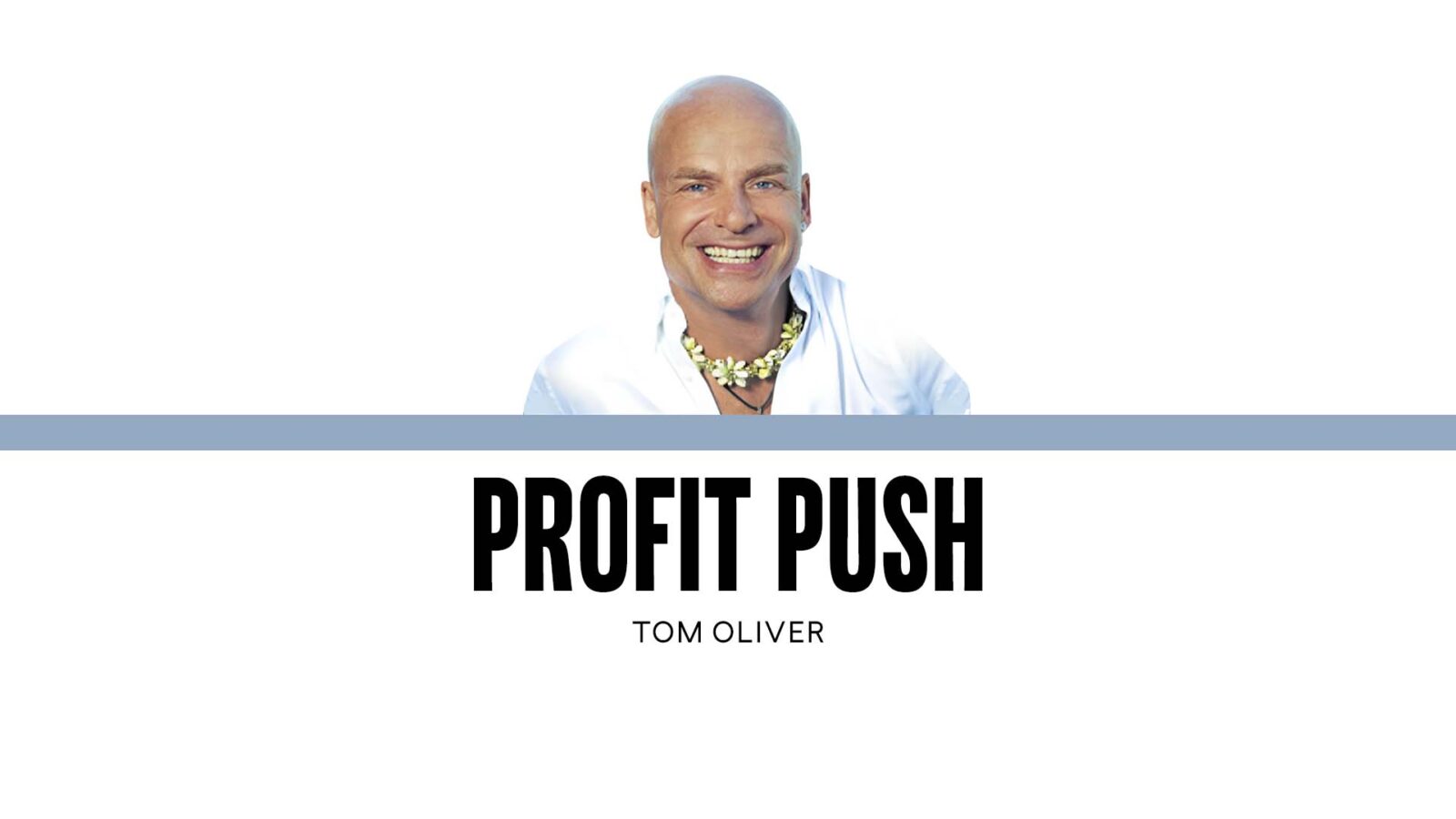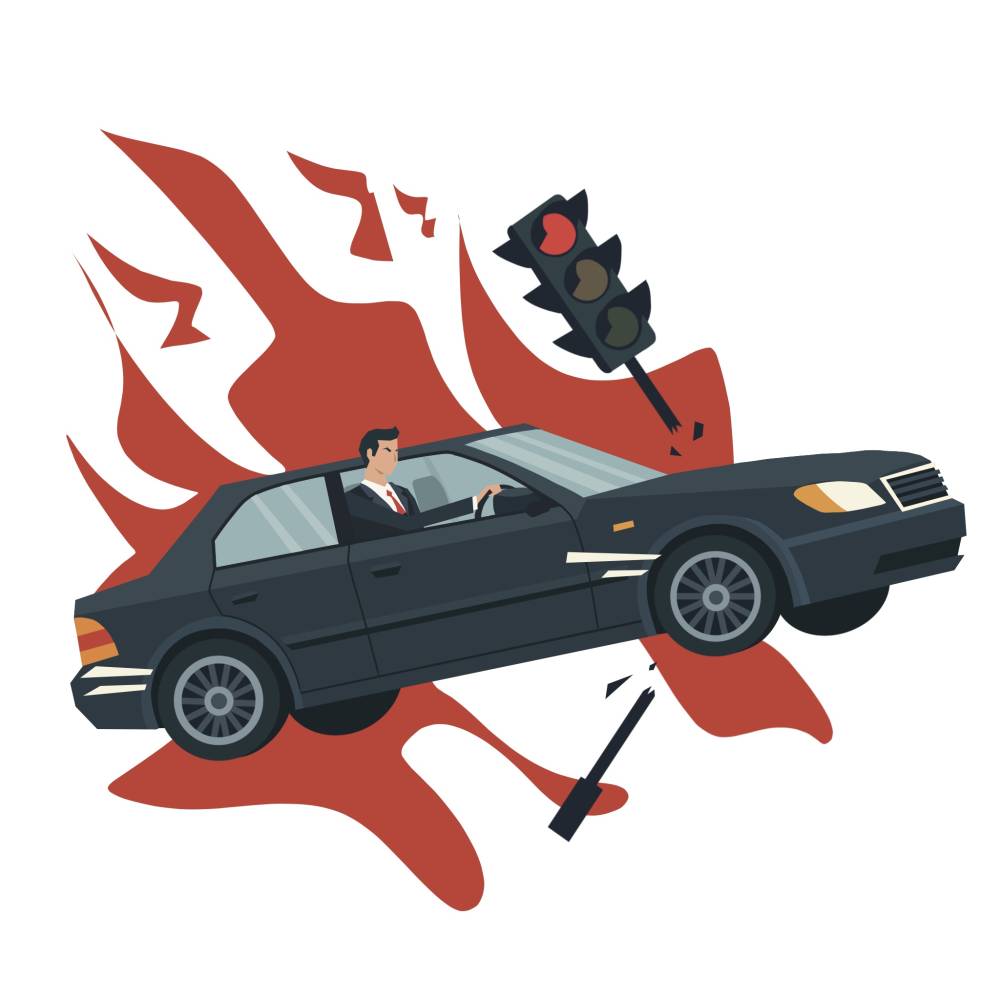Addicted to urgency: How constant firefighting kills vision

If you are like most owner-operators I work with, your day starts with a flood.
WhatsApp groups, “urgent” emails, calls from key customers, a finance issue that “cannot wait,” a family member asking about a major decision. By 9 a.m., your calendar is already broken, the most important work is postponed and you are deep in operational fires you never planned to fight.
From the outside, you look like the hero: the one who always shows up, always answers, always saves the day. But from the inside, your business is stuck with the same recurring problems, quarter after quarter, year after year. This is not dedication. This is addiction. Addiction to urgency. And it quietly kills vision.
As a sister told her brother in a recent family business conglomerate strategy session I was leading with my team: “I can always count on you to save us. But at what cost?”
What ‘urgency addiction’ really is
Another term for this is “conquistador of chaos/crisis.” Urgency addiction is not a medical term. It is a leadership pattern.
It’s the constant need to react to whatever shouts loudest in the moment—messages, crises, small dramas—and the discomfort you feel when things are actually calm. You feel most alive when there is a problem to solve, a fire to put out, a crisis only you can handle.
It feels good because:
• You get a dopamine hit every time you “solve” something.
• Your ego is fed: “They cannot live without me.”
• Society praises busyness. “He’s always in meetings, always on the move—he must be important.”
The problem is simple: every hour spent in reactive urgency is an hour stolen from building the future of your business.
The hidden costs of constant firefighting
On the surface, firefighting looks like hard work. Underneath, it is destroying value.
1. Vision time disappears. Strategy and long-term thinking require uninterrupted blocks of time. When your day is chopped up into 15- and 30-minute fragments, you might feel productive, but you are only rearranging pieces on a board you have not designed.
2. Decisions become short-term. When you live in emergency mode, you solve for this week, this month, this quarter. You plug holes instead of redesigning the ship. You treat symptoms, not root causes. Over the years, this creates fragile companies that are one shock away from a real crisis.
3. Culture adapts to chaos. Your team learns that only emergencies get your attention. So they bring everything to you as “urgent.” They stop planning ahead, stop taking ownership and wait for you to react. You become the bottleneck, not the leader.
In my global work with wealthy family business owners and CEOs, I often meet companies that seem “busy” but have not truly changed in 10 years. The same recurring issues, the same complaints, the same excuses—just wrapped in new fires.
I remember when my team and I were conducting a corporate strategic planning session for a family business giant. It turned out they had not resolved a pressing issue for three years that was costing them market share and many millions in revenue every year. My team and I were shocked. They had been so “busy” and focussed on the wrong things that the truly important elephants in the room were not properly solved.

Why owner-operators are especially at risk
The addiction to constant firefighting is particularly dangerous for owner-operators and family business heads. Why?
- Your identity is tied to the company: You built it by reacting to everything in the early days—every customer call, every supplier problem, every cash crisis. That survival mode became your default operating system.
- You struggle to let go: You aren’t just a CEO; you are the founder, the name on the building, the person the family looks to. Trusting others with major decisions feels risky. So everything escalates to you.
- Structures are not fully professionalized: Many owner-led businesses lack clear decision rights, simple processes and an empowered second line. Without these, the path of least resistance is always: “Ask the owner.” The result? The owner is always rushing, always late, always exhausted—and the company is managed, but not led.
No wonder one of the most common requests my company gets from new clients is to “professionalize, level up and future-proof the business”—even if it is already very profitable—because the owners know the business could go so much further.
Test early warning signs: Are you addicted to urgency?
Here are some uncomfortable questions:
• Do you feel guilty or restless when your calendar has an empty hour?
• When was the last time you had a two-hour block of completely uninterrupted thinking time?
• Are strategy sessions the first meetings you move when “something comes up?”
• Does your team label everything “urgent,” “Asap” or “cannot wait?”
• Are you secretly proud that you “save the day” several times a week?
If several of these resonate, you are not just busy. You are hooked.
Five to thrive: From firefighter to architect
1. Reclaim your calendar for vision. Block two or three 90-minute sessions each week in your calendar, titled “Future of the Business.” These are nonnegotiable. No calls, no messages, no interruptions. Everyone around you learns quickly: this is sacred territory.
You will be surprised how much clarity and creativity come back when your brain has oxygen.
2. Redesign decision rights. If every meaningful decision ends up on your desk, it is not because your business is special. It is because roles and decision rights are unclear.
Define—in writing—who decides what. Empower your second line with real authority and clear guardrails. Ensure that only a few high-stakes, long-term decisions come to you.
3. Build systems that prevent fires. Most recurring fires are the result of missing or broken systems.
Instead of fighting the same issue for the tenth time, ask: “What simple process, rule, or dashboard would prevent this from reaching my desk?”
This is where professionalization starts: not with hundreds of pages of policies, but with a few well-designed habits and processes that remove noise.
4. Detox from the ego boost of being “indispensable.” This is the hardest part. You have to let go of the story that constantly rescuing the business makes you a great leader. In reality, it often means you have not built a business that can function without you.
True leadership is designing a company that runs smoothly while you are away, not one that collapses when you are offline for 48 hours.
5. Use external sparring partners. Your team, your family and your executives are often too close—and too dependent—to challenge your urgency addiction.
External advisors, consultants or mentors with the proper experience and a world-class track record, can force you to step out of the noise, confront reality and return to the long-term view.
In my work with owner-operators, some of the most transformative sessions are the ones where we deliberately ignore this month’s fires and talk only about the next three to five years.
Tom Oliver, a “global management guru” (Bloomberg), is the chair of The Tom Oliver Group, the trusted advisor and counselor to many of the world’s most influential family businesses, medium-sized enterprises, market leaders and global conglomerates. For more information and inquiries: www.TomOliverGroup.com or email Tom.Oliver@inquirer.com.ph.


















